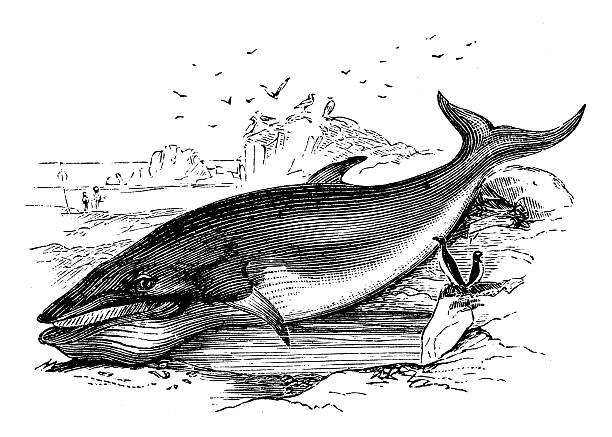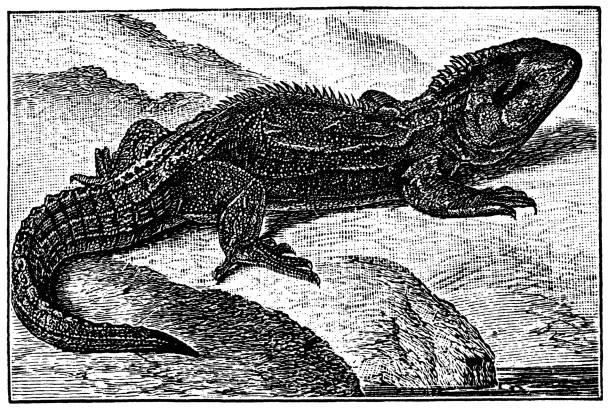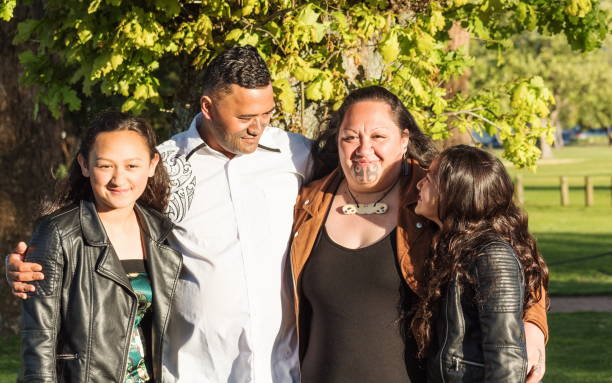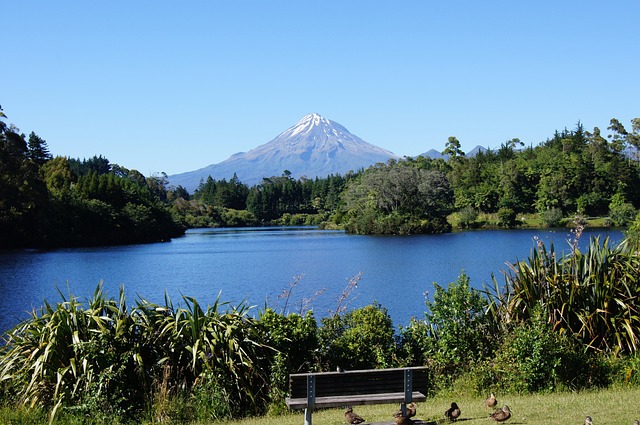Maori culture, rich in traditions and stories, has a profound connection with nature and wildlife. The indigenous Maori people of New Zealand view animals not only as mere species but as integral parts of their myths, spirituality, and everyday life. This article explores the fascinating world of Maori animals, shedding light on how these creatures continue to influence Maori beliefs, art, and societal norms.
Key Maori Animals and Their Cultural Roles
In Maori culture, animals hold significant symbolic importance, representing various virtues, values, and connections to the natural and spiritual worlds. Three key animals, the kiwi, the tui, and the tuatara, play crucial roles in Maori mythology, folklore, and everyday life.
The Kiwi
In Maori culture, the kiwi holds a special place as a symbol of identity and heritage, representing key values deeply ingrained in their traditions.
- Symbolism: The kiwi embodies traits such as loyalty and strong family bonds within Maori tradition, serving as a poignant emblem of these virtues.
- Cultural Impact: Carvings and artworks featuring the kiwi are widespread in Maori communities, frequently utilized in ceremonies and storytelling to reinforce cultural narratives.
The Tui
Known for its distinctive call and iridescent plumage, the tui is deeply intertwined with Maori beliefs and folklore, playing a vital role in their cultural expressions.
- Symbolism: The tui is associated with life and vitality, holding significance as a messenger bridging the spiritual and physical worlds.
- Role in Folklore: Believed to convey messages between ancestors and the living, the tui acts as a vital connector between the natural and spiritual realms, enriching Maori folklore.
The Tuatara
The tuatara, an ancient reptile endemic to New Zealand, carries profound cultural significance for the Maori people, symbolizing deep-rooted traditions.
- Symbolism: Revered as a guardian of knowledge, the tuatara embodies wisdom and ancestral connections, reflecting its importance in Maori culture.
- Cultural Presence: Frequently depicted in Maori carvings and tattoos, the tuatara represents a link to ancestors and the preservation of cultural heritage, underscoring its enduring significance.
Maori Animals in Traditional Ecological Knowledge

The Maori relationship with animals extends beyond cultural symbolism; it is also an essential component of their ecological practices. Maori traditional knowledge encompasses detailed understandings of animal behaviors, habitats, and the environment. This wisdom guides everything from hunting practices to seasonal activities, ensuring a sustainable coexistence with nature.
Whale
In Maori tradition, whales hold significant cultural and practical importance.
- Traditional Use: Whales were historically important for navigation, providing valuable resources such as meat, bone, and oil. Additionally, whales featured prominently in Maori art and storytelling, symbolizing strength and connection to the sea.
- Conservation Effort: Today, Maori communities actively participate in whale watching initiatives and advocate for the protection of whale habitats. Conservation efforts focus on raising awareness about the importance of whales in the ecosystem and supporting measures to prevent their endangerment.
Shark
Sharks play a multifaceted role in Maori culture, serving both practical and ceremonial purposes.
- Traditional Use: Sharks were traditionally hunted for their meat, skin, and teeth, which were used in rituals and ceremonies. Additionally, sharks hold spiritual significance in Maori mythology, symbolizing strength, protection, and guidance.
- Conservation Effort: Maori communities are involved in sustainable fishing practices, ensuring that shark populations are not depleted. Efforts also focus on habitat preservation and education to dispel myths and promote the importance of sharks in maintaining marine ecosystems.
Bird Species
Birds have long been integral to Maori culture, with various species serving practical and cultural purposes.
- Traditional Use: Birds were hunted for their meat and feathers, which were used in garment making and adornment. Additionally, birds played a role in ceremonial rituals and as messengers in Maori mythology.
- Conservation Effort: Maori-led initiatives establish bird sanctuaries and breeding programs to protect endangered species and restore their habitats. Conservation efforts also involve community engagement and traditional ecological knowledge to ensure the sustainable management of bird populations.
Maori Animals and Modern Challenges
Despite the strong cultural preservation, Maori animals face modern challenges such as habitat loss, climate change, and the introduction of invasive species. Efforts to integrate traditional Maori knowledge with contemporary conservation strategies are crucial in addressing these issues.
Partnerships
Collaborations between Maori communities and governmental agencies are essential for effective conservation efforts.
- Joint Initiatives: Governmental agencies often partner with Maori iwi (tribes) and hapu (sub-tribes) to develop and implement conservation programs. These partnerships leverage traditional ecological knowledge and modern scientific expertise to address threats to Maori animals.
- Resource Management: Collaborative efforts focus on sustainable resource management practices that benefit both Maori communities and the environment. By working together, stakeholders can develop comprehensive strategies for habitat restoration, species protection, and biodiversity conservation.
Education
Educational programs play a vital role in raising awareness about the significance of Maori animals and the threats they face.
- School Curriculum: Integrating Maori perspectives on animals and the environment into school curricula helps instill a sense of cultural pride and environmental stewardship among students. These programs teach the importance of traditional ecological knowledge and its relevance to contemporary conservation efforts.
- Community Workshops: Outreach initiatives engage Maori communities in discussions about animal conservation and environmental sustainability. Workshops provide opportunities for knowledge sharing and empower community members to take action to protect their natural heritage.
Legal Frameworks
Establishing legal frameworks that recognize and incorporate traditional Maori practices is essential for effective conservation management.
- Treaty Obligations: The Treaty of Waitangi, signed between Maori chiefs and the British Crown in 1840, guarantees Maori rights and interests in natural resources. Upholding treaty obligations involves incorporating traditional Maori practices into legislation and policy frameworks related to animal and environmental conservation.
- Cultural Considerations: Legal frameworks should consider the cultural significance of Maori animals and the importance of preserving traditional knowledge systems. By recognizing Maori customary practices, laws can support community-led conservation efforts and promote sustainable management of natural resources.
Conclusion
The world of Maori animals is a testament to the rich cultural tapestry of New Zealand. These animals are not only cherished for their inherent beauty and uniqueness but are also celebrated as symbols of cultural identity and ecological wisdom. Understanding and respecting Maori animals is crucial for anyone looking to appreciate the depth of Maori culture and its harmonious relationship with nature. Through continued education and conservation efforts, the legacy of Maori animals will continue to flourish, bridging the gap between ancient traditions and modern practices.
FAQ
Common Maori animals include the kiwi, tui, tuatara, and various species of whales and sharks. These animals hold significant cultural value and are often featured in Maori mythology and folklore.
Maori animals are deeply embedded in New Zealand’s national identity. They influence everything from the country’s conservation efforts to its tourist industry, showcasing the enduring legacy of Maori cultural heritage.
Yes, there are several conservation programs specifically designed to protect Maori animals, often involving partnerships between the government and Maori communities. These programs focus on habitat restoration, anti-poaching measures, and public education.
Maori culture emphasizes a symbiotic relationship between humans and animals, where both are seen as integral parts of the ecosystem. This perspective is reflected in Maori stewardship practices that aim to maintain balance and respect for all living beings.




